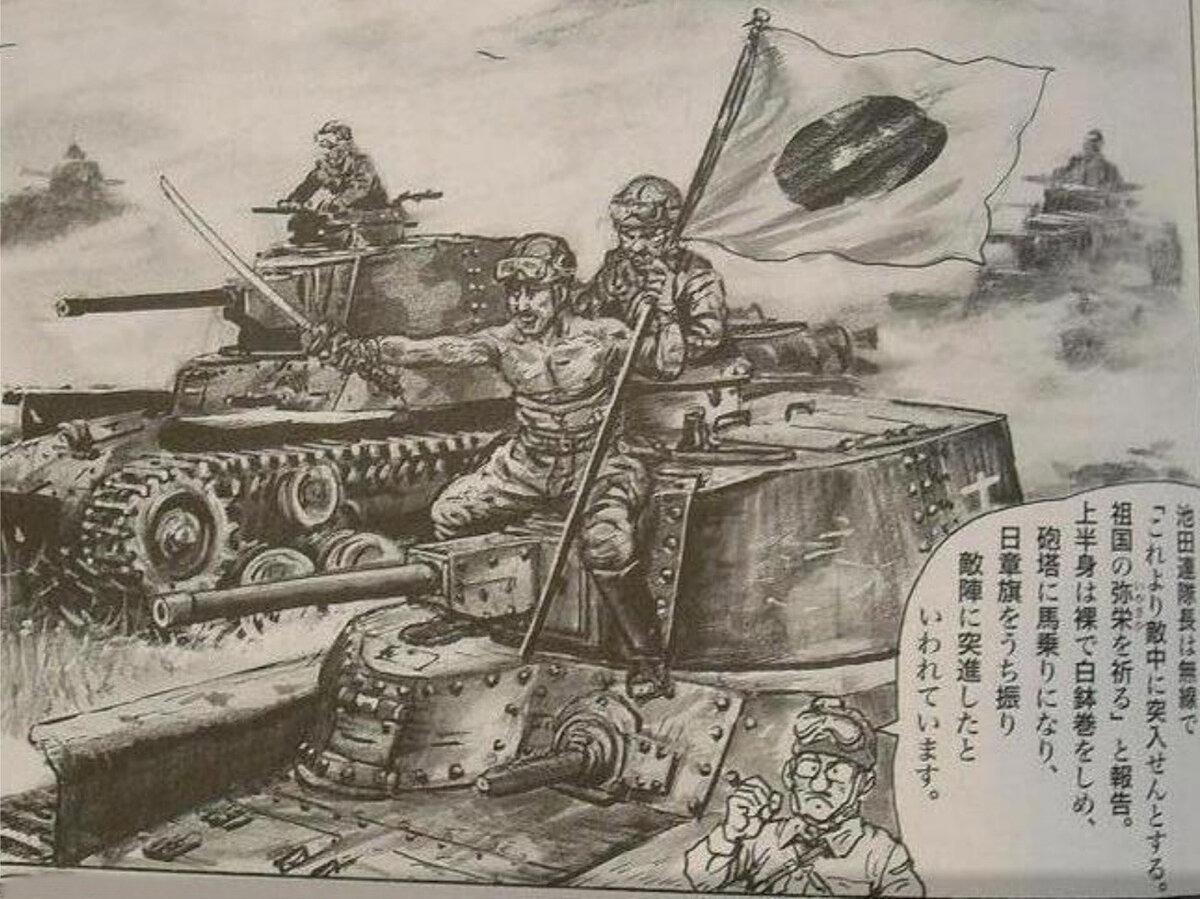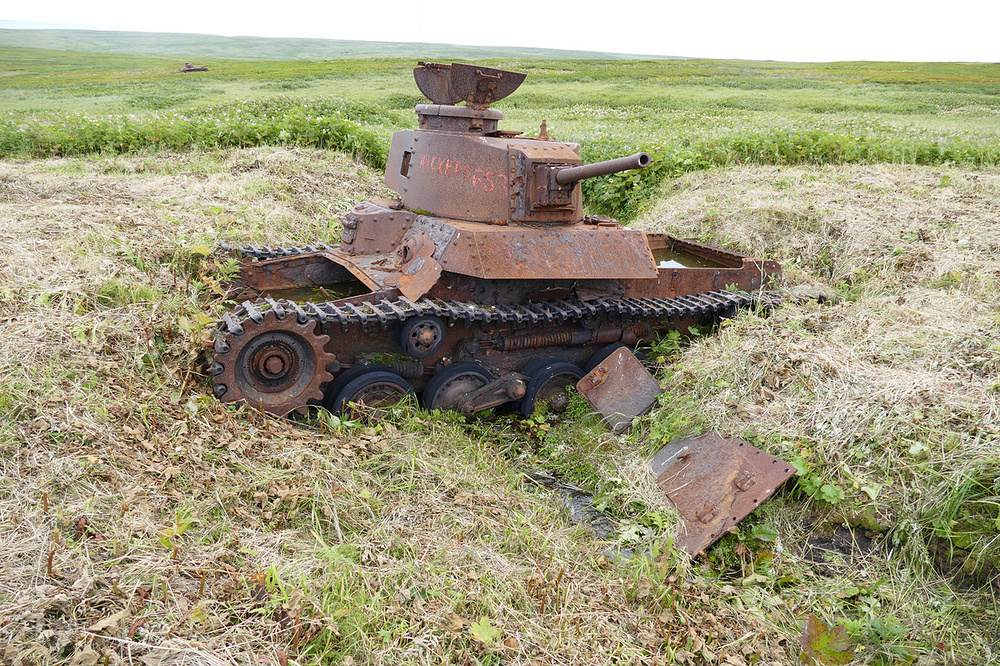80 years ago, on August 18, 1945, Soviet marine troopers launched an assault on the island of Shumshu, which became the decisive battle during the Kuril operation.
After the USSR entered the war against Japan and the American atomic bombings of Hiroshima and Nagasaki, the Japanese Imperial General Staff issued a surrender order on August 14, 1945. However, part of the Japanese army, including the garrisons of the Kuril Islands, continued fighting. The defeat of the Japanese army on the Kuril Islands was the goal of the Kuril Operation, which began on August 18, 1945.
Shumshu Island, located 11 km from Kamchatka, has been considered by Japan since the 1930s as one of the springboards for attacking the USSR and had a powerful system of numerous concrete artillery and machine-gun pillboxes, underground structures, anti-amphibious fortifications, an airfield, a port, 80 tanks and a 13,000-strong garrison.
The Soviet landing force consisted of 8,824 soldiers armed with small arms, machine guns, ATGMs, light artillery and mortars. On August 18, at 4:22 a.m., an advanced marine detachment ensured the landing of first-echelon troops on Shumsha, which immediately engaged in battle with the Japanese. By evening, the second echelon of troops landed. Realizing that the forces of the Soviet troopers were limited, and the weather did not allow the use of aircraft, the Japanese counterattacked with the support of tanks, and their artillery fired at the troopers from pillboxes and shelters.
And one thing you find exiting
Two Japanese attacks were repulsed, and with a lot of damaged equipment. Although in some moments it came to hand-to-hand combat.
And then the commander of the Japanese tank regiment, Ikeda Sueo, personally led 18 vehicles into another, as it turned out, completely suicidal attack. As befits a real samurai, he decided to inspire his soldiers to fight in a purely Japanese way by showing his personal bravery.
In order to motivate his personnel, Ikeda went on the attack on the lead tank, leaning out of the hatch and holding a banner in his hands. The lead tank, as if according to the laws of the dramatic genre, went on the attack just in the place where the commander of the marines, Major Shutov, shot back from the advancing Japanese along with his Marines.
Peter Ivanovich Shutov himself later described this moment as follows:
"… The first enemy car stopped, another one burst into flames. In no more than two minutes, 6 Japanese tanks were already burning.
However, the others were rapidly approaching. I can clearly see the distorted face of a Japanese officer with a banner. I pull the trigger of the machine gun. The officer stumbles forward, the banner falls to the ground. A moment later, the tank freezes. Sergeant Kostylev’s shot stopped him.”
The damaged Japanese tanks are mostly still standing on the Shumshu in the places where they were shot down then.
Why we have not some kind of an event?

